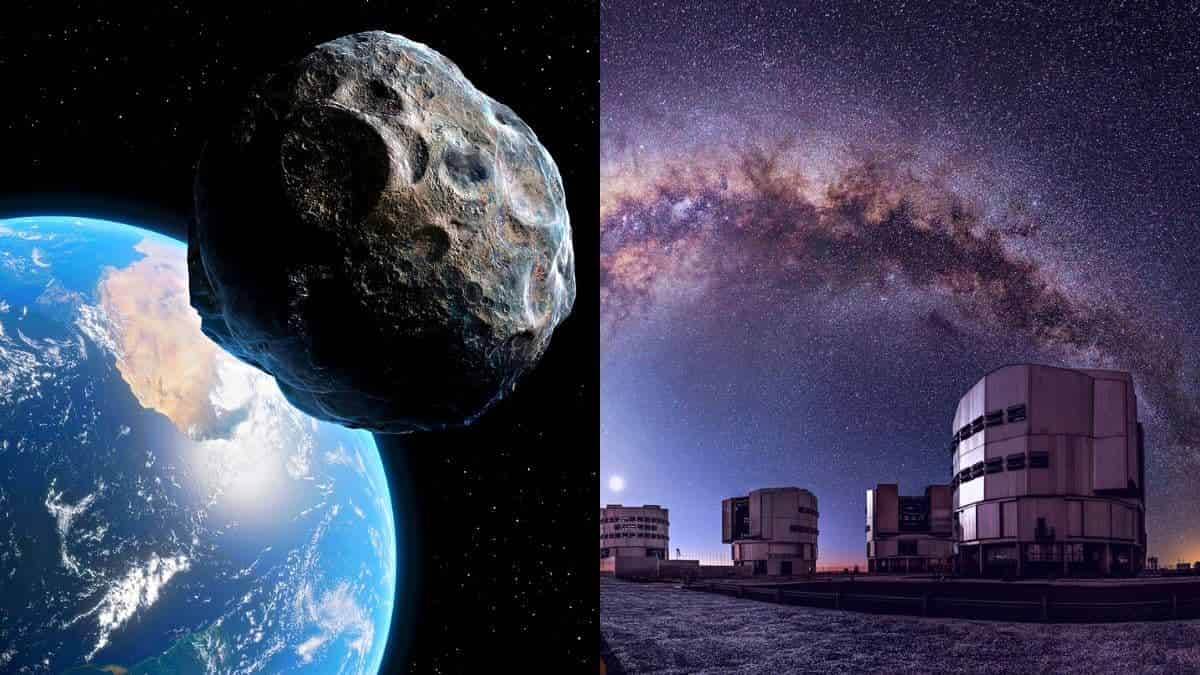The European Southern Observatory confirms 2021 QM1 is no longer on the threat list to hit Earth

The asteroid 2021 QM1 which was presumed to hit Earth on April 2, 2052, has been removed from the global risk factor list. The world’s most advanced astronomical observatory named The European Southern Observatory’s Very Large Telescope (VLT) has revealed recent data showing the asteroid’s movement.
2021 QM1 was first discovered as a threat object on August 28, 2021, by the Mount Lemmon Observatory, north of Tucson, Arizona along with the discovery of a dozen of new near-Earth asteroids. The ESA’s Head of Planetary Defense, Richear Moissl agrees that the early observation of the Asteroid has intrigued them to gather more information regarding the future pathway of the object. He added, “We could see its future paths around the Sun, and in 2052 it could come dangerously close to Earth. The more the asteroid was observed the greater that risk became.”
Usually, a data shrink determines an asteroid is safe but in the case of 2021 QM1 data growth was much determined considering it to be a risk factor to Earth.
Reportedly, when the asteroid 2021 QM1’s path came closer to Sun, the solar glare obstructed its detection by the ESA telescope. The astronomers were struggling to collect data regarding the asteroid between the Sun’s glare and the asteroid’s orbit. The asteroid becomes too light to be imaged by the telescope. On May 24, the asteroid passed through the great rift of the Milky Way making it detectable by the telescopes. Then VLT identified the faith and fading asteroid against the dark backdrop.
There was definite detection of a faint asteroid observed on May 24th proving its pathway to be a positive sign to Earthlings. According to the data from VLT 2021 QM1 was 250 million times fainter than any dark spot visible in space which is sufficient for declaring it a non-threatening object. Later, the ESA also confirmed the data claiming that 2021 QM1 is no longer an asteroid to form a collision course with Earth in the future.


